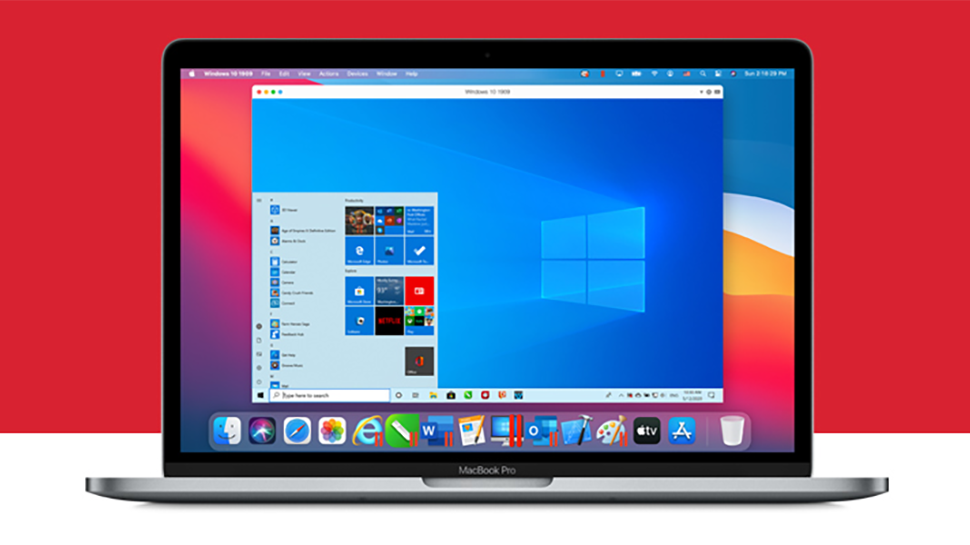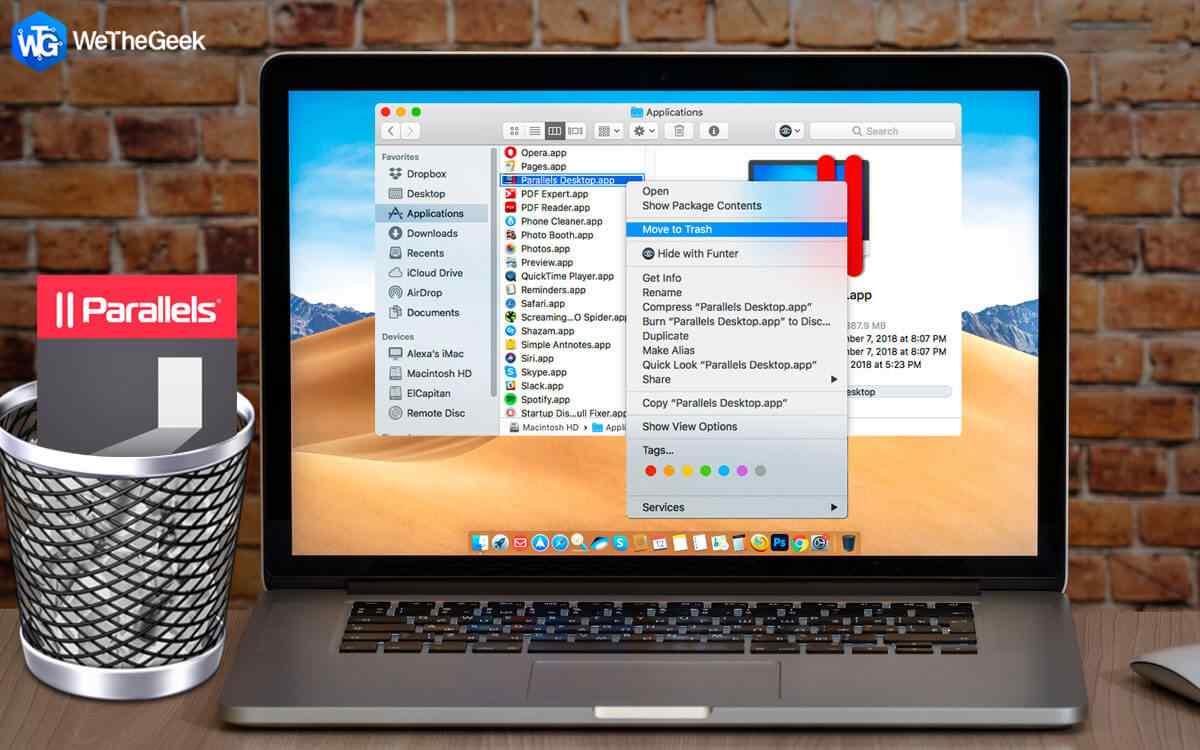
- #System info in windows 10 for parallels drivers
- #System info in windows 10 for parallels windows 10
- #System info in windows 10 for parallels windows
In this case both the copy engine and the 3D engine would operate in parallel. While the 3D engine can also be used to move data around, simple data transfers can be offloaded to the copy engine, allowing the 3D engine to work on more complex tasks, improving overall performance. For example, a copy engine may be used to transfer data around while a 3D engine is used for 3D rendering. GPU UtilizationĪt the top of the right panel you’ll find utilization information about the various GPU engines.Ī GPU engine represents an independent unit of silicon on the GPU that can be scheduled and can operate in parallel with one another. Task Manager lets you inspect the state of each physical GPU in a link allowing you to observe how well your game is taking advantage of each GPU. When GPUs are linked together, the Task Manager will assign a Link # for each link and identify the GPUs which are part of it. You’ll probably be more familiar with our partners’ commercial name for linking, namely Nvidia SLI and AMD Crossfire. Linked GPUs share a single instance of VidMm and VidSch, and as a result, can cooperate very closely, including reading and writing to each other’s VRAM.
#System info in windows 10 for parallels windows
Windows supports linking multiple GPUs together to create a larger and more powerful logical GPU. When multiple GPUs are present, they are ordered by their physical location (PCI bus/device/function). So instead of having to say Intel(R) HD Graphics 530 to reference the Intel GPU in the above screenshot, we can simply say GPU 0. The GPU # is a Task Manager concept and used in other parts of the Task Manager UI to reference specific GPU in a concise way. On the left panel, you’ll see the list of GPUs in your system. Under the Performance tab you’ll find performance data, aggregated across all processes, for all of your WDDMv2 capable GPUs. Unfortunately, if you are running on an older WDDMv1.x GPU, the Task Manager will not be displaying GPU data for you.
#System info in windows 10 for parallels drivers
Look under the Display tab, in the Drivers section for the Driver Model. To launch dxdiag open the start menu and simply type dxdiag.exe. If you are unsure of the WDDM version your GPU driver is using, you may use the dxdiag utility that ships as part of windows to find out.
#System info in windows 10 for parallels windows 10
WDDMv2 was introduced with the original release of Windows 10 and is supported by roughly 70% of the Windows 10 population. The Task Manager’s GPU performance data requires a GPU driver that supports WDDM version 2.0 or above. Further, because VidMm and VidSch are the actual agents making decisions about using GPU resources, the data in the Task Manager will be more accurate than many other utilities, which often do their best to make intelligent guesses since they do not have access to the actual data. As such, performance data for the GPU is available no matter what API is being used, whether it be Microsoft DirectX API, OpenGL, OpenCL, Vulkan or even proprietary API such as AMD’s Mantle or Nvidia’s CUDA.

The data in the Task Manager is gathered directly from VidSch and VidMm. An instance of VidMm and VidSch is instantiated for each GPU in your system. VidMm is responsible for managing all memory used by the GPU, including both VRAM (the memory on your graphics card) as well as pages of main DRAM (system memory) directly accessed by the GPU. VidSch is responsible for scheduling the various engines of the GPU to processes wanting to use them and to arbitrate and prioritize access among them. The Graphics Kernel includes a GPU scheduler (VidSch) as well as a video memory manager (VidMm). At the heart of WDDM is the Graphics Kernel, which is responsible for abstracting, managing, and sharing the GPU among all running processes (each application has one or more processes). In Windows, the GPU is exposed through the Windows Display Driver Model (WDDM). This blog is going to be a bit long, but we hope you enjoy it nonetheless. This blog dives into these details and explains how the Task Manager’s GPU performance data comes alive. To understand all the GPU performance data, its helpful to know how Windows uses a GPUs.

Or, you can wait for the Windows Fall Creator’s Update. To see this feature right away, you can join the Windows Insider Program. The GPU is finally making its debut in this venerable performance tool.

This is one of the features you have often requested, and we listened. We’re excited to introduce support for GPU performance data in the Task Manager. The below posting is from Steve Pronovost, our lead engineer responsible for the GPU scheduler and memory manager.


 0 kommentar(er)
0 kommentar(er)
